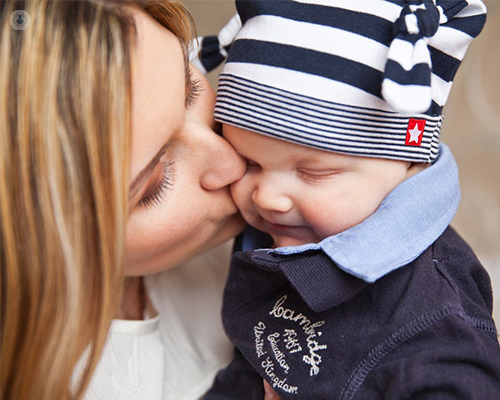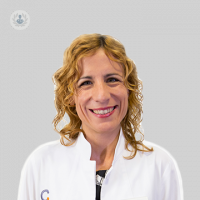Ser madre soltera: dudas frecuentes
Written by:The acceptance and consolidation of new family models in society, administrative problems, the incorporation of women into the labor market or the difficulty of finding a stable partner makes fertility treatment to be a mother without a male partner is becoming more common.
Who chooses to be a single mother?
Being a single mother is always a very thoughtful choice. Family models have evolved and adapted to the different forms of life today, and that is why it is increasingly common for women to decide to fulfill their desire to be mothers, without having a couple next to them. It is currently a totally viable option due to the economic independence that many women have achieved.
There are several profiles of women who choose to be single mothers; In some cases they are women who have delayed their motherhood for work or personal reasons, or they may be women who already have children but wish to repeat the experience and find themselves without a male partner at the time.

Why submit to a fertility treatment to be a single mother?
About 1,500 single women resort to assisted reproduction treatments each year according to data from the Spanish Fertility Society (SEF). This is because, although adoption is also another possibility, fertility treatments make it possible, through the use of a semen bank, that single women can be mothers, either with their own eggs or with those of an anonymous donor, According to each case.
Treatments to be a single mother
Women who decide to be single mothers through an assisted reproduction treatment should go to a reproductive center for a fertility test. Depending on the results, the specialists will determine which type of treatment is most convenient in each case.
The treatments indicated in the cases of women without a male partner are:
- Artificial insemination with donor semen (IAD). It consists of introducing the spermatozoa of an anonymous donor into the woman's uterus. Prior to treatment, women are usually subjected to moderate ovarian stimulation and ultrasound controls for follicular growth monitoring and detection of their most fertile days.
- In vitro fertilization (IVF) with donor semen. Women's eggs are obtained through follicular puncture following ovarian stimulation and are inseminated in the laboratory with donor semen. The embryos that are obtained are transferred to the uterus of the future mother.
- Ovodonación. This is the fertilization of the eggs of a donor with semen from a male donor. The embryo obtained is transferred to the uterus of the recipient woman. This technique is especially recommended in cases of women with low ovarian reserve or with problems in ovarian function.
- Embrioadopción. If a woman wants to be a single mother, she can consult the possibility of adopting the embryo of a couple who, after having undergone assisted reproduction treatment and been successful, decided to donate their embryos.
Will Social Security cover my fertility treatment to be a single mother?
Any woman over 18 years of age with full capacity to act may receive or be a user of assisted reproduction techniques, regardless of her marital status and sexual orientation, according to Law 14/2006 on human reproduction techniques.
Therefore, women without a male partner can access this type of treatment, as well as heterosexual and female homosexual marriages, and heterosexual couples, not only because of fertility problems, but also because of sexual planning issues, because of the choice To form a single parent family or to postpone maternity.
However, it will depend on each autonomous community that Social Security covers or not the treatment of fertility, a fact that concerns women who consider themselves to be single mothers.
What requirements do you need to undergo a fertility treatment?
As a general rule, the age of the expectant mother is taken into account in order for Social Security to cover fertility treatment. The woman must be less than 40 years in the case of in vitro fertilization and less than 38 for artificial insemination, as well as having functional ovaries.
In the case of limitations, there are several parameters that prevent treatment:
- Overcoming the established age
- Have previously undergone a tubal ligation
- Over 4 insemination attempts
- Overcoming 3 attempts of in vitro fertilization
However, limitations and requirements may vary depending on the Autonomous Community.


